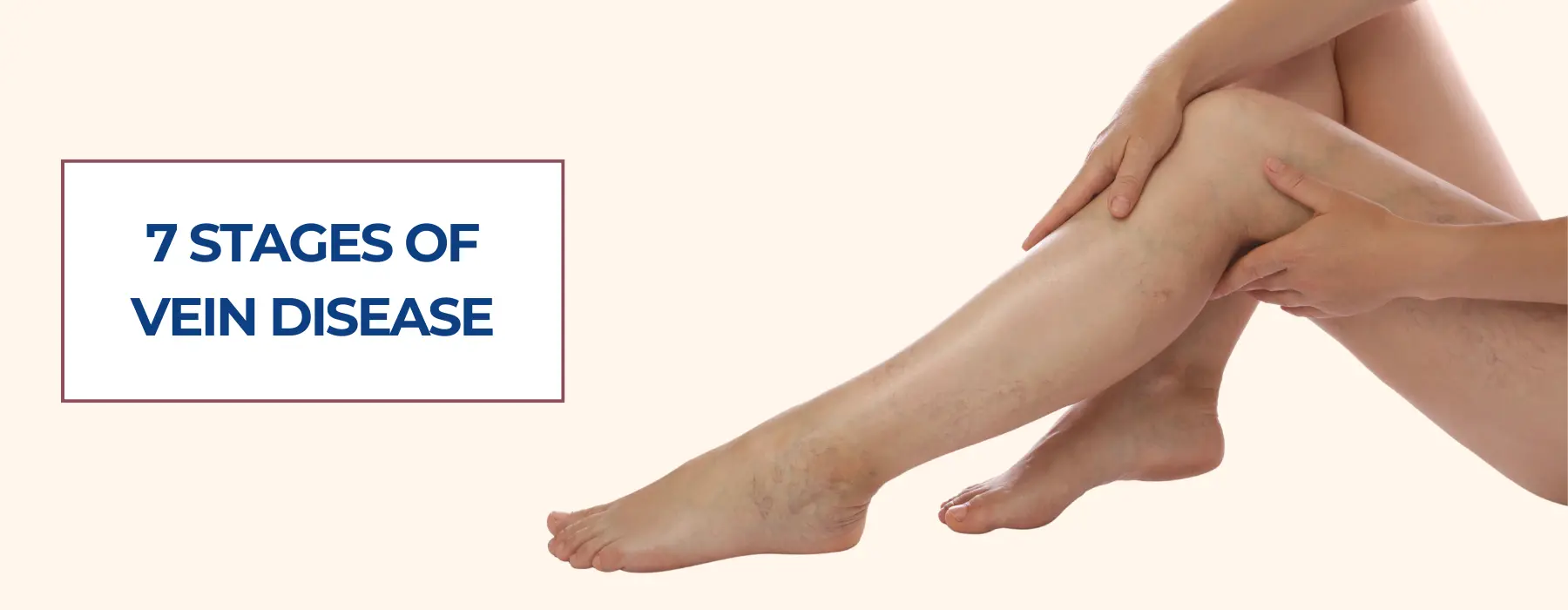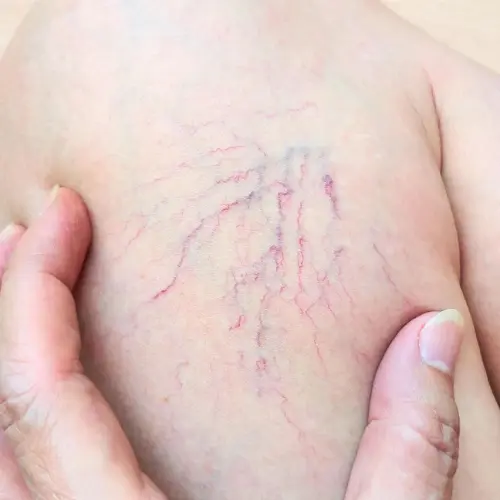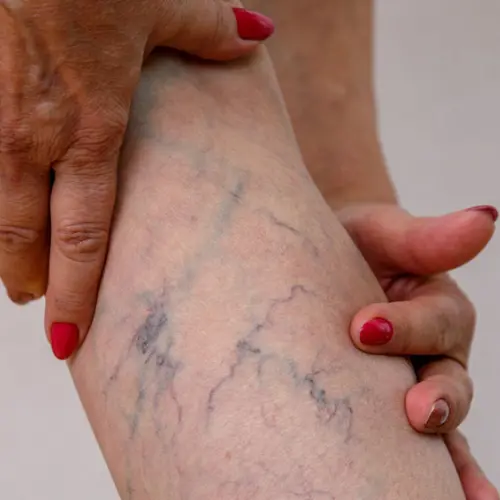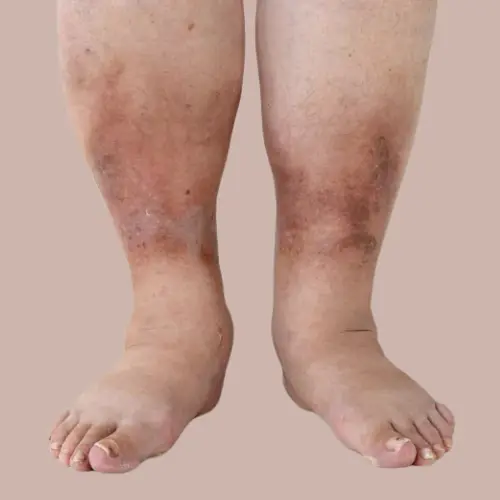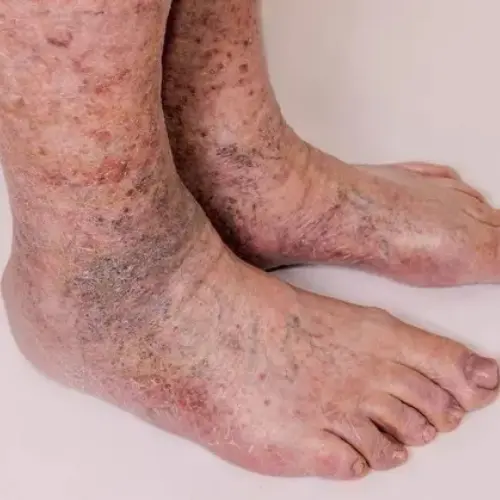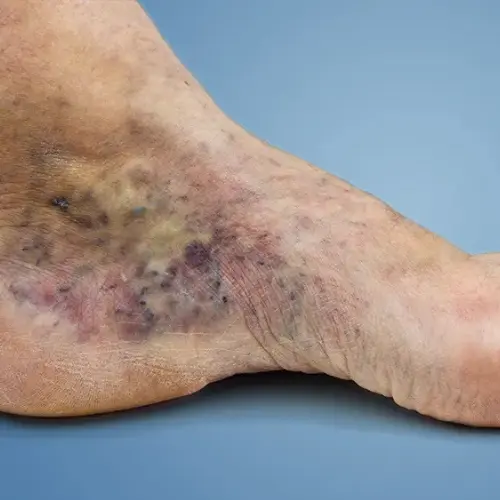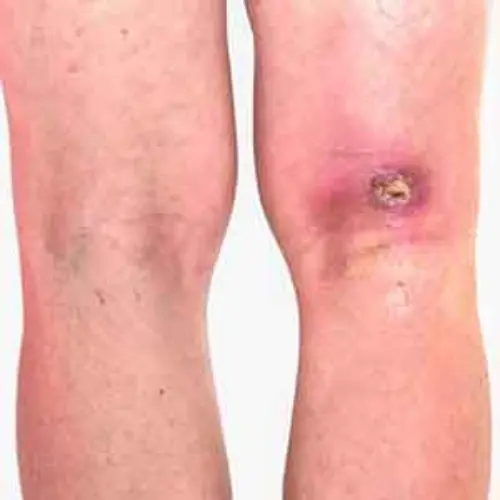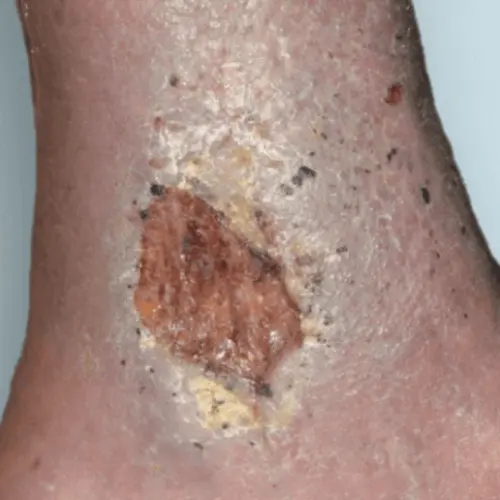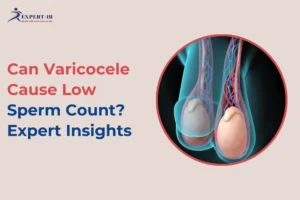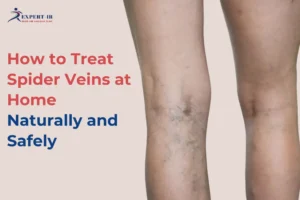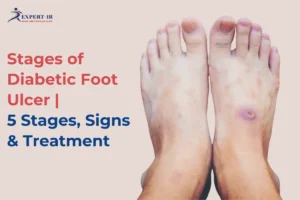Understanding the Stages of Vein Disease is vital for anyone experiencing signs of venous insufficiency. From the earliest spider veins to chronic venous ulcers, every stage presents an opportunity for intervention and healing. With expert guidance from Dr. Santosh Patil, you can take control of your vein health and prevent future complications.
Don’t wait for your condition to worsen. Seek consultation today at Expert IR Clinic and walk towards a life free of pain, swelling, and ulceration. Trust Pune’s leading expert in vein care—Dr. Santosh Patil—for comprehensive diagnosis and tailored treatment.
Book Your Consultation Now With Dr. Santosh Patil – Best Vascular Surgeon in Pune. Let your legs feel lighter, healthier, and pain-free again!
